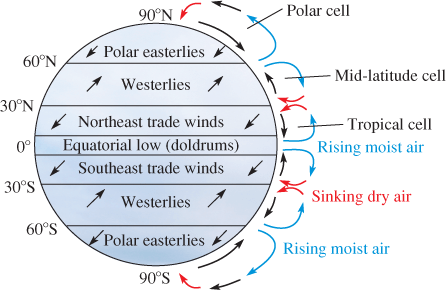In the world of automotive engineering, the emergence of dual climate control systems marked a significant metamorphosis in passenger comfort, particularly within large vehicles like trucks. The Dodge brand, known for its robust models that cater to both personal and commercial needs, made substantial strides in this arena over the years. Understanding when Dodge began integrating dual climate control into their trucks not only reveals their dedication to driver and passenger comfort but also offers insight into the evolution of automotive technology.
The incorporation of climate control systems in vehicles can be traced back to the mid-20th century. Early versions of heating and ventilation systems were rudimentary, providing little more than basic temperature regulation. However, as consumer expectations evolved, manufacturers started to innovate. By the late 1980s and early 1990s, dual climate control systems began appearing in various luxury sedans. These systems allowed drivers and passengers to set different temperatures for each side of the cabin, presenting a solution to the perennial conflict over preferred interior temperatures.
Dodge was relatively quick to recognize the growing demand for enhanced comfort in larger vehicles, such as their trucks. With the launch of the Dodge Ram lineup in the early 1990s, the brand started to differentiate itself in an increasingly competitive market. Although initially focusing on power and towing capabilities, Dodge soon realized that consumer desires extended beyond mere performance metrics; comfort was becoming equally paramount.
By the late 1990s, Dodge began to incorporate dual climate control into the Ram series. This feature allowed for individualized temperature settings, effectively catering to the needs of drivers and passengers alike. The introduction of such systems significantly improved the user experience, positioning Dodge as a forward-thinking manufacturer in the realm of driver and passenger comfort.
As the market evolved, so did the complexity of climate control systems. The early dual systems utilized basic mechanical components, which were effective yet limited in their responsiveness. However, advancements in technology paved the way for more sophisticated electronic systems that not only offered dual-zone control but also included features such as automatic temperature regulation and even air quality management.
The transition from manual controls to these advanced electronic systems solidified the Ram’s reputation within the automotive community. The capability to independently adjust cabin temperatures without compromise became a notable selling point. Additionally, the integration of features such as heated and ventilated seats added an extra layer of luxury to the driving experience, transforming the Dodge Ram truck from a workhorse into a prime contender for daily drivers.
While dual climate control was gaining traction, it was essential for Dodge to streamline its manufacturing processes to stay competitive. The implementation of dual climate controls required sophisticated engineering and integration with existing vehicle systems, including electrical and mechanical components. Cost-efficiency became a paramount concern, which led to innovative design methodologies. Dodge’s ability to leverage economies of scale played a critical role in enhancing the affordability of these sophisticated systems.
The reception from consumers was overwhelmingly positive. Truck enthusiasts and everyday drivers alike touted the merits of dual climate control systems. Feedback often highlighted the improved ambiance and comfort during long commutes or family trips. With “family-friendly” features becoming increasingly important, Dodge’s move to introduce dual climate control at an early stage offered them a distinct competitive advantage in the marketplace.
As environmental consciousness grows among consumers, manufacturers have shifted focus not only to comfort but also to energy efficiency and sustainable practices. Dodge, adhering to this trend, has enhanced their climate control systems to operate more effectively without excessive energy consumption. The integration of these energy-efficient systems aligns with broader efforts towards environmental sustainability, a consideration that has become paramount in today’s automotive industry.
Moreover, the evolution of dual climate control systems has spurred innovations in related sectors, including aftermarket enhancements and repair services. Owners of older Dodge models often seek out upgrades to modern climate control systems, fascinatingly creating a niche market focused on retrofitting and improving the passenger experience. Such developments reflect a vibrant community of enthusiasts dedicated to maintaining and enhancing the capabilities of Dodge trucks.
In examining the timeline of dual climate control in Dodge trucks, it becomes evident that this feature has played a crucial role in the ongoing evolution of their models. The brand’s commitment to enhancing both comfort and performance has resulted in loyal customers who appreciate the quality and innovation behind each vehicle. As technology continues to advance, the future of climate control systems in Dodge trucks looks promising. The journey from simple heating systems to advanced dual climate controls showcases Dodge’s responsiveness to consumer needs while propelling the brand into the forefront of contemporary automotive design.
In conclusion, dual climate control systems represent a significant leap in automotive engineering that has enhanced the experience of driving Dodge trucks. Since their introduction in the late 1990s, these systems have continued to evolve, continually reflecting the changing tastes and expectations of consumers. Whether tackling rough terrain or cruising city streets, the comfort provided by dual climate control has become an expected standard for modern truck owners. Thus, as you step inside a Dodge truck equipped with this feature, remember that you’re benefiting from decades of innovation and a commitment to driver and passenger satisfaction.






